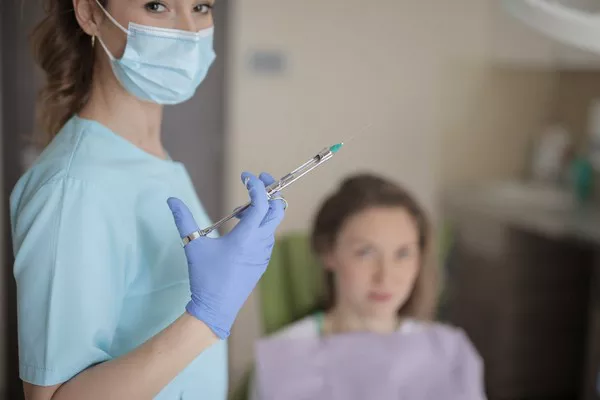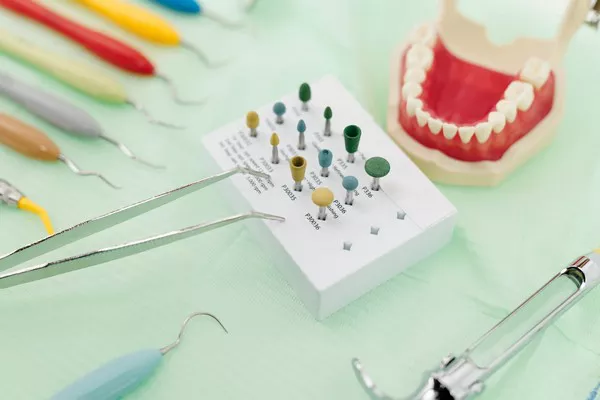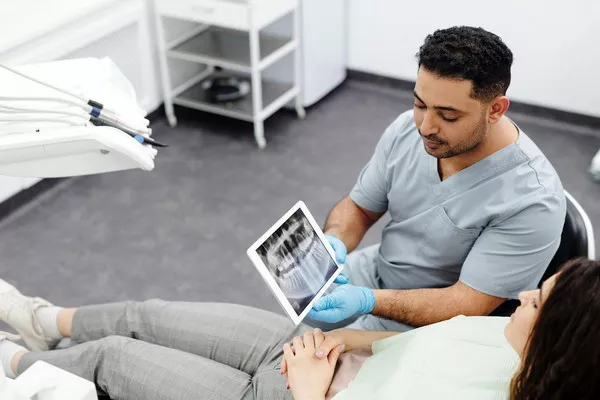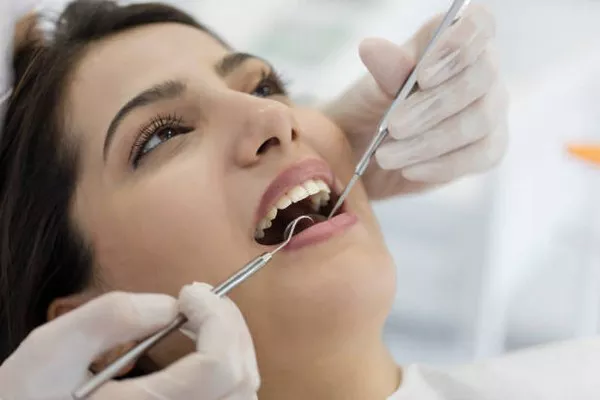With the development of social culture and the improvement of orthodontic technology, the demand for orthodontic treatment in adults is increasing.
In addition, with the in-depth study of the mechanism of malocclusion, some serious skeletal malocclusion must be corrected with surgery in adulthood to completely restore its stability, balance, beauty and function.
There are great differences between adult and adolescent treatment, treatment should pay attention to the following points: oral disease, adult caries rate is higher than that of adolescents, and most accompanied by different degrees of periodontal disease, oral residual crown, residual root, missing teeth and so on are more common.
In addition, attrition and TMJ dysfunction often occur, so orthodontists must work with other specialists in the department of stomatology to determine treatment plans.
The adaptive reconstruction of adults is not as good as that of adolescents. The metabolism of bone tissue is slow, the tooth movement is slow, and the movement range is limited. Therefore, the method of small amount of tooth movement is generally used for treatment.
Moreover, because of the long process of muscle function and occlusal adjustment, the retention time should be relatively prolonged.
Adult facial growth has been basically completed, the deformity is clear, so the growth potential can not be used for treatment, mainly to move the teeth.
Adult malocclusion usually establishes compensatory bite balance during long-term masticatory exercise, so it cannot be designed to achieve ideal occlusion as early orthodontics, such as tooth extraction and arch expansion.
Instead, the goal should be functional integration.
As far as possible, according to the individual characteristics, under the condition of guaranteeing the health and function of the oral cavity, to achieve the purpose of improving its aesthetics.
The patient should be fully prepared before orthodontic treatment.
Because the treatment course is relatively long, about 2 years on average.
The number of return visits is large, and the difficulty of orthodontic treatment is also large. Patients should actively cooperate with doctors to complete the entire orthodontic process.































